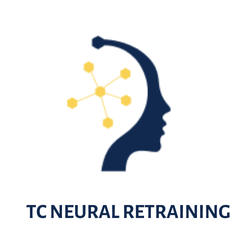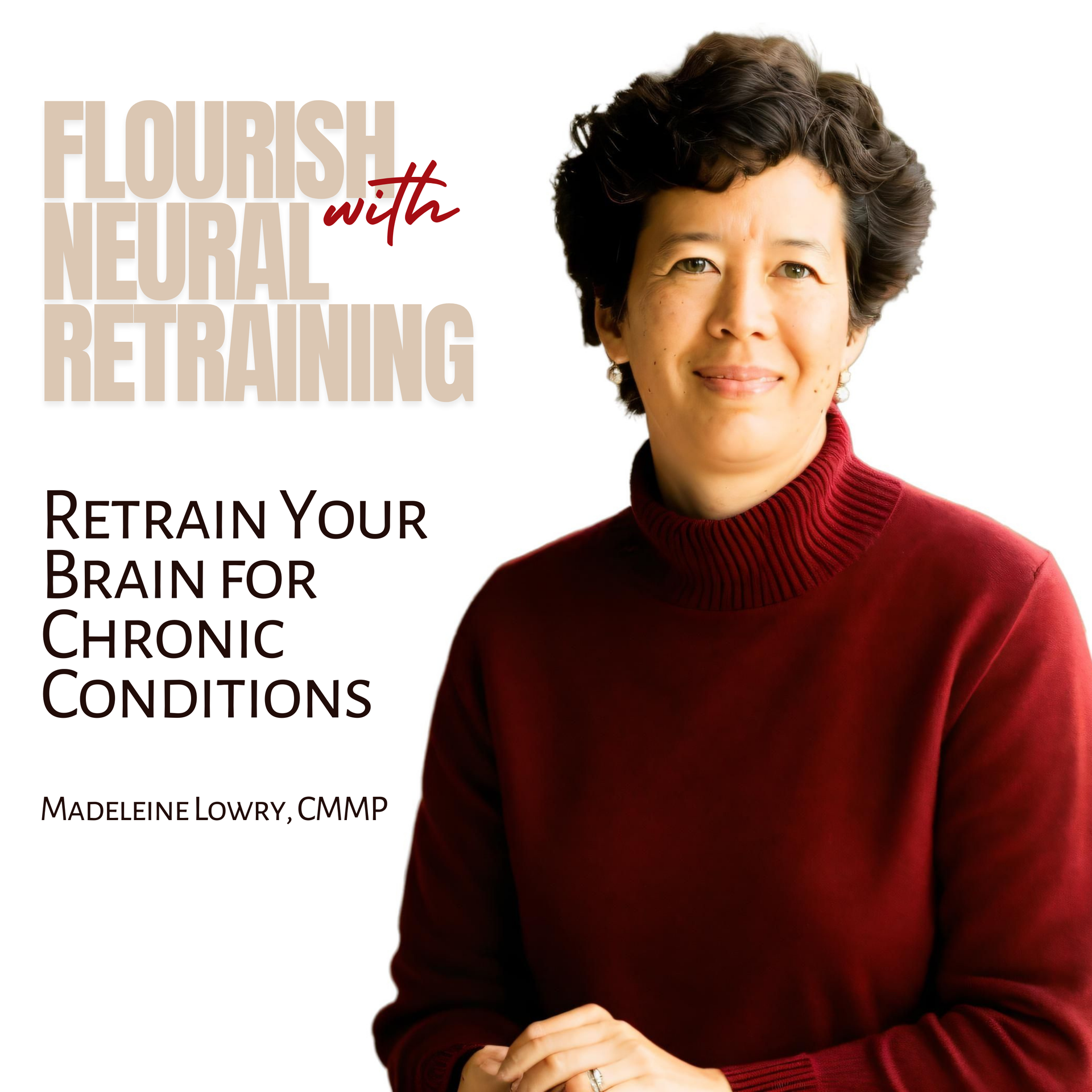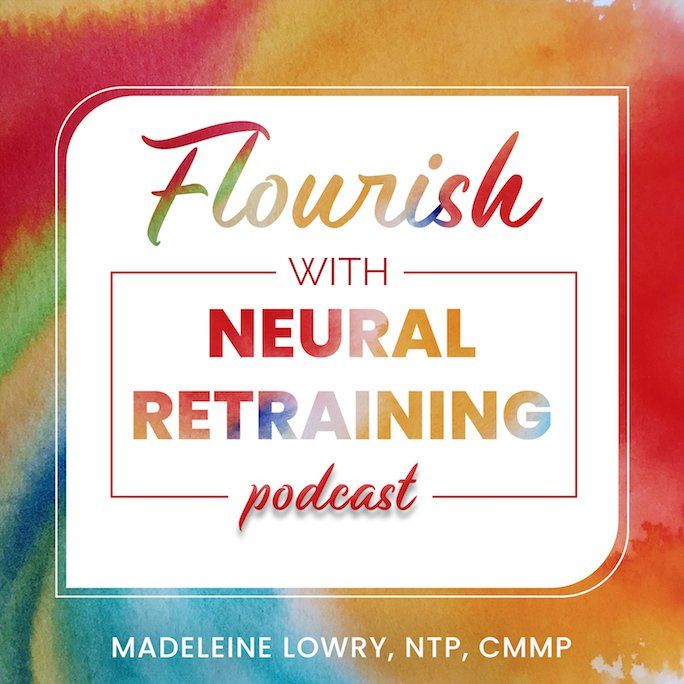Why Worrying Perpetuates Chronic Illness
Why incessant worry degrades your health and what you can do about it.
Video transcript
Hi, Madeleine Lowry, Certified MAP Method practitioner. I wanted to talk about why worrying perpetuates chronic illness.
For those of you who have heard my other videos, you may have heard me talk about the stress response, so I'm going to review that again here. But, the main point I want you to get out of this video is that worrying, the act of worrying, degrades your health and it interferes with all the functions of the body that you need to heal.
If you've heard about the autonomic nervous system, the autonomic nervous system is instrumental in running all systems of your body. We rely on it. It's automatic. It's running in the background. It is being run by your subconscious mind which is why advanced neural retraining, which works directly with the subconscious mind, can be helpful for people who find that they are incessant warriors.
The autonomic nervous system has two modes. It is either in the sympathetic mode or the parasympathetic mode. In the sympathetic mode we are gearing up to run away from something dangerous. It's also called the fight, fight or freeze mode.
You may be familiar with this already. You may even have been told by your functional medicine practitioner, naturopath, or other practitioner that you show signs of being in a sympathetic dominant state. That is what they're talking about--that your brain or your nervous system is too easily going into that fight, flight or freeze state and it's getting stuck there for far too long.
When you're in the parasympathetic mode of the autonomic nervous system, as we should be for the majority of each day, your body is able to perform all restorative functions. We call this mode the rest, digest, and heal mode because when we are in the parasympathetic mode you're feeling good, the body feels that we're safe, and we're able to digest our food well, thoroughly, we're able to take up nutrients, we are able to produce neurotransmitters, we are able to maintain hormonal balance, we are able to maintain fluid balance. This is also the optimal state for reproduction and healing, wound healing or healing of any kind.
When we are in the parasympathetic mode of the autonomic nervous system that is putting us in the optimal situation for resolving any health conditions or symptoms. The problem is that we were designed for a very different lifestyle than the one we are living.
We were designed, and we're basically the same model as Paleo man, and at that time threats were like running away from the tiger in the bushes. In our life now that's not what threat looks like. Threat looks like getting to work on time, or getting everyone their lunches and out of the house to school at on time. Threats look like the bill that has to be paid, or the deadline at work, or the pressure at school.
It looks like anything that we worry about because every time we worry we are bringing a thought into the mind that there is something threatening us here, there is something unsafe. There is a feeling of something we need to escape, a threat, and so every time we do this our primitive limbic brain, the danger sensing part of the brain which is an older structure in the brain, it does what it's meant to do, which is halt all the restorative functions of the body and prepare the body to run away from that threat.
It's acting as it was meant to except that in our lives now we have so many of these thoughts that pass through our heads-- every time we're stuck in traffic, every time we're frustrated with something, we have a technical problem, we have, you know, whatever just daily things that are happening are provoking these kinds of thoughts and they're putting us into that sympathetic response over and over and over again.
And some of us are not very good at calming down, you know, the sympathetic response is supposed to turn on, we escape the threat, or the danger is over, and then it's supposed to reset again. But many of us are just not able to do that. We have a very sensitive nervous system that once it goes into that threat mode it kind of stays there for too long, and so we're not spending the time that we need to spend in the parasympathetic mode.
So, what I want you to understand is that your health will improve when the worrying ends or is minimized. Why? Because worry is like a low level flavor of fear and fear, of course, informs the brain that we're in trouble, you know, that there's a threat. Staying in worry mode creates biochemical changes in the body down to the cellular level.
And when maintained for too long, we can go into the cell danger response. If you've heard of CDR, the cell danger response, you may recognize it as a response that the cells go into when they've been subject to fear for too long. It's almost like a hibernation kind of shutdown mode. So, you can imagine that if the cells in your body are going into that mode that this certainly can contribute to a poor state of health.
So, why do we do this? Why is it that some of us are just so prone to worry incessantly?
What I see in my practice, what I see in my clients, is that very often this is related to trauma events, trauma experiences from either early in life or really at any point in life, though the biggest impact would be those early experiences. Childhood experiences that cause us to feel helpless, hopeless, defenseless, powerless, or insignificant somehow.
These kinds of experiences get stored in the subconscious mind and they make us hyper-responsive or hyper-reactive to any evidence of threat in the future. This can encourage this kind of worrying activity.
So, how do I fix this, right? Well for many people meditation is a very good practice. I will talk about that in another video. Cultivating trust, right, trust in a higher source, trust in yourself, but really trying to nip the worries in the bud. Reassure yourself, you know: "We'll get through this." "Everything will be fine," and then trying to refocus your attention on something else, either distracting yourself or focusing on something that you're grateful for.
These are all good techniques for nipping the worry in the bud. If, though, you find it very difficult to keep your mind from going there, then I do recommend a few MAP method sessions.
With this advanced neural retraining method in a few sessions, maybe one, two or three sessions, we can have your subconscious mind identify the causes for this continued behavior and neutralize that conditioned pattern so that you can live your life with less worry and more optimal health.
Thanks for listening.
Learn More
- See the related video: Why Mindfulness is Essential for Optimal Health
- Watch the Frequently Asked Questions videos about MAP.
- Listen to client stories about the MAP Method on our podcast.
- Check out our free courses on the MAP Method.


Madeleine Lowry, NTP, CMMP
Certfied MAP Method Practitioner
Madeleine specializes in neural retraining for chronic conditions. As a Nutritional Therapy Practitioner, she worked with many clients who were interested in eliminating allergies, sensitivities and intolerances. After learning a basic method and seeing its limitations, she trained in an advanced method of retraining the brain and now offers MAP sessions over Zoom and online self-paced programs for Anxiety/Depression, Sensitivities, Chronic Pain, Self-Healing, and COVID Long.
Related Posts





